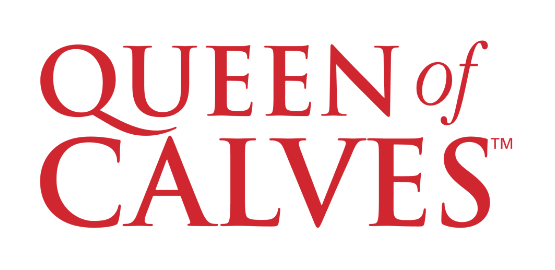
22 years ago Bell-Booth developed a smart alternative in calf nutrition. We showed that by adding a selective plant extract formula to milk, it slowed the milk through the digestive system with a corresponding increase in daily liveweight gain. The flow-on beneficial health effects are well evidenced in farm survivability and production statistics.
Peer reviewed studies found increased skeletal growth and increased milk production in the first lactation, and, considered these benefits to be a direct result of early, rapid, lean growth during the milk-feeding phase.
In a 5-year comparison of milk production, fertility and survivability at Massey University, 55% of the Queen of Calves-raised cows were still productive members of the herd at the end of the 5th lactation, while all the control and cohort cows had exited the farm as a consequence of infertility, mastitis or lameness. Cows raised on our nutrition program have been shown to:
Our animals have proven over time to be:
- More contented
- They grow faster
- Require less energy
- Have fewer setbacks
- Produce less methane
- Wean quicker
- Produce more milksolids
- Last longer in the herd
There's never been a bigger return on investment in dairy. A calf raised on Queen of Calves makes around 30% extra profit as an adult, when compared to calves raised on a conventional diet.
The Queen of Calves nutrition program was developed by our scientists as a result of the unnecessary and avoidable loss of production and waste within our industry. It was widely accepted that 50% of NZ herd-replacements raised - do not complete a third lactation. The cause of that wastage can largely be attributed to poor early development leading to infertility, lameness or mastitis.
For two decades Bell-Booth Ltd has invested in fundamental calf growth research. The work has compared Queen of Calves and untreated calves on growth rates and weaning times, milk production, fertility and survivability as heifers and cows.
We found that our calves grew better during the milk-feeding phase, they achieved their key milestones of puberty, mating and herd-entry, and they went on to be more productive members of the herd than animals that were raised on conventional diets of milk and starter.
Scientists have since conducted four independent trials and produced peer-reviewed papers published in world-class journals and conclude that cows that were raised on Queen of Calves:
- Produce around 150kg more milk-solids than traditionally reared cows over 5 lactations.
- Have a 95% survival rate after 3rd lactation - compared to a NZ herd estimate of 62%.
The commercial evidence shows our cows are more productive and stay productive for longer ands the science says if you don't invest in the calf, the cow will never reach its full genetic potential.
The Queen of Calves system not only addresses calf health and welfare at the forefront, it also improves the production of milksolids and survivability of the cow, improving the output and efficiency of milk production and decreasing the environmental footprint of the NZ Herd.




